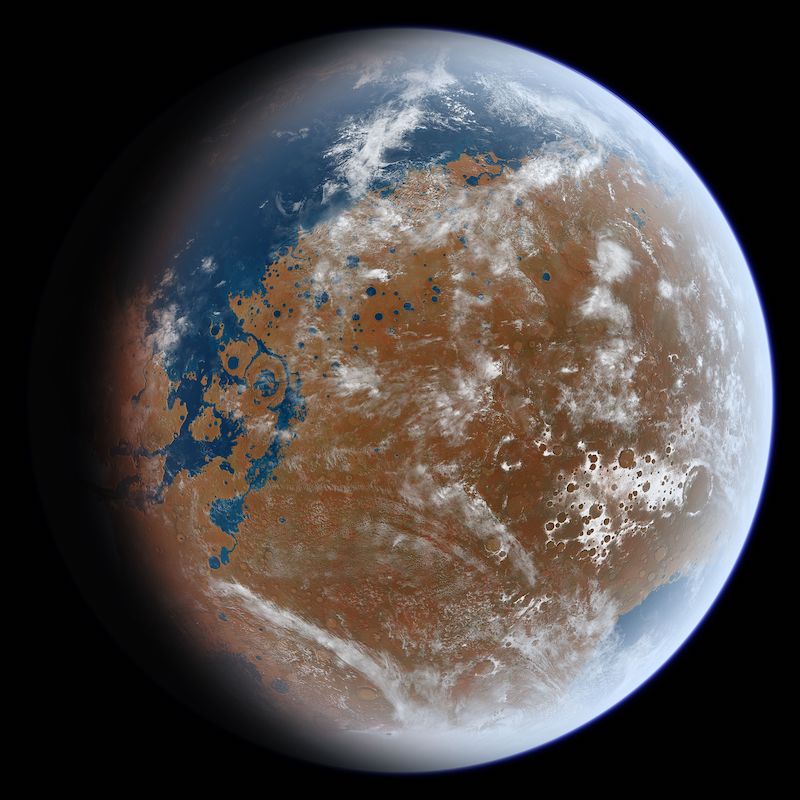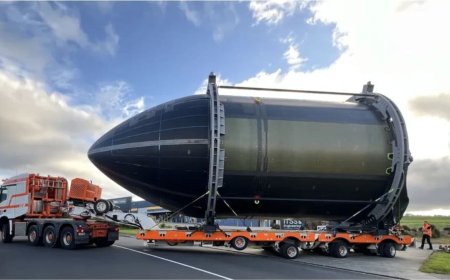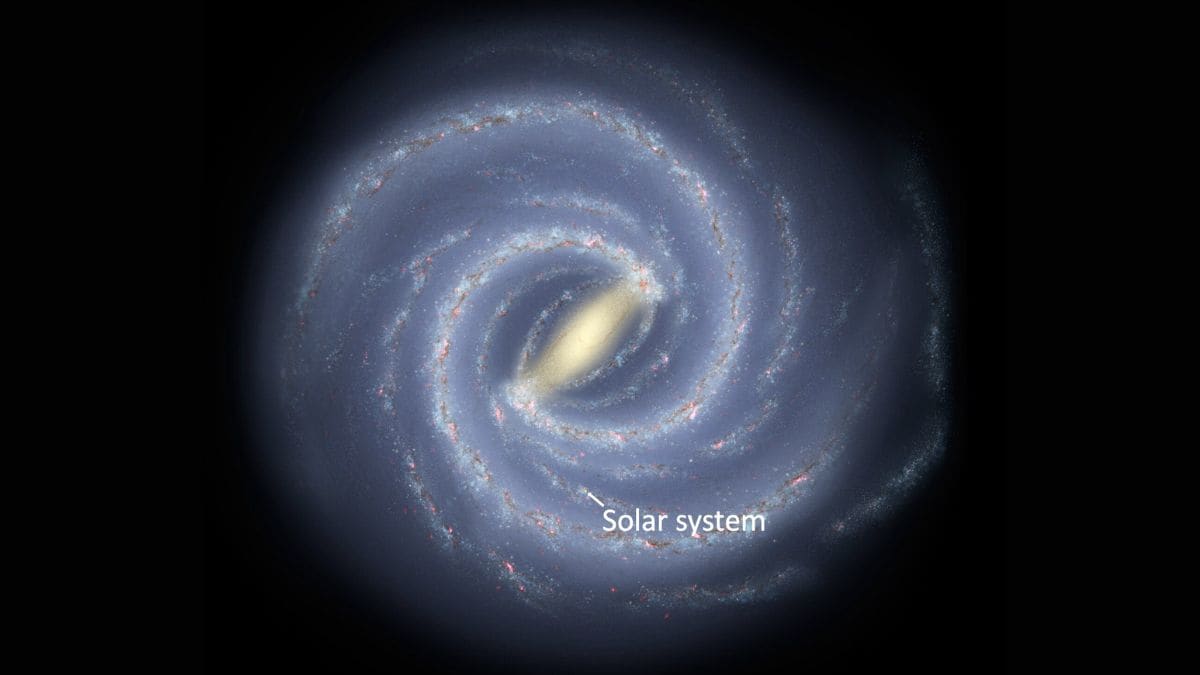Vacation-style beaches on Mars? New evidence for lost ocean


- Did Mars once have an ocean? Evidence has increased in the past few decades that the vast lowlands in the northern hemisphere are a now dried-out ocean basin.
- Data from China’s Zhurong rover have added to that evidence in the past couple of years. It found subsurface layers similar to coastlines on Earth.
- The latest findings from Zhurong’s mission, from a new group of international researchers, support the likelihood that the ocean did indeed once exist. And along the shores were sunny, sandy beaches, just like on Earth.
New evidence for lost Martian ocean
Imagine Mars a few billion years ago, with a vast ocean and sunny, sandy beaches. In 2023 and 2024, scientists in China said the Zhurong rover found evidence for an ancient ocean on Mars. On February 24, 2025, another international team of researchers, including at Pennsylvania State University in the U.S., said a huge ocean likely did once exist in Mars’ northern hemisphere. That ocean was reminiscent of home, with vacation-style sandy beaches and gentle waves lapping the shoreline.
The research team published their peer-reviewed findings in the Proceedings of the National Academy of Sciences (PNAS) on February 24, 2025.
Vacation-style beaches on Mars?
Scientists with the Zhurong mission in China first reported the evidence for a possible ocean back in 2023. The rover used its onboard ground-penetrating radar to study what’s beneath the surface. It found what looked like ancient shoreline deposits, remarkably similar to those on Earth. And the rover is in a region in Utopia Planitia, where scientists had previously theorized about a former ocean in the northern hemisphere.
Now, the new findings from the international research team build on the previous work. They further support the presence of the ocean, along with “vacation-style” beaches.
Benjamin Cardenas is an assistant professor of geology at Penn State and a co-author of the new study. He said:
We’re finding places on Mars that used to look like ancient beaches and ancient river deltas. We found evidence for wind, waves, no shortage of sand … a proper, vacation-style beach.
University of California, Berkeley: Ancient Beaches Testify to Long-Ago Ocean on Mars news.berkeley.edu/2025/02/24/a…
— AAS Press Office (@press.aas.org) 2025-02-24T21:20:05.785Z
Ancient shoreline deposits
The rover’s radar revealed buried layered structures similar to beaches on Earth. More specifically, they looked like foreshore deposits, aka beach face deposits. Those are deposits – that is, beaches – that slope downward from the landscape to the ocean. Notably, waves and tides are required for them to form. To the scientists, this was exciting, as Cardenas explained:
This stood out to us immediately because it suggests there were waves, which means there was a dynamic interface of air and water. When we look back at where the earliest life on Earth developed, it was in the interaction between oceans and land, so this is painting a picture of ancient habitable environments, capable of harboring conditions friendly toward microbial life.
The similarities to these deposits on Earth were striking, to be sure. Even the angles of the slopes were in the same range as their earthly counterparts.


Other explanations unlikely
There were other possible explanations for the deposits, but the researchers pretty much ruled them out. This included rivers, wind (without waves of water) and volcanic activity. But two features of the deposits pointed to them being coastal deposits instead: the consistent dipping/sloping shapes and their thickness. The deposits also show how the ancient shoreline changed over time. Cardenas said:
We’re seeing that the shoreline of this body of water evolved over time. We tend to think about Mars as just a static snapshot of a planet, but it was evolving. Rivers were flowing, sediment was moving, and land was being built and eroded. This type of sedimentary geology can tell us what the landscape looked like, how they evolved and, importantly, help us identify where we would want to look for past life.

The Martian dichotomy mystery
Today, the northern hemisphere of Mars is mostly a lowlands region, in sharp contrast to the higher elevation and heavily cratered southern hemisphere. Scientists have been trying to figure out for decades why the two hemispheres are so different. This is also called the Martian dichotomy. Eventually, evidence began to mount that perhaps the lowlands were an ancient ocean basin. If the new findings are correct, then we will know that Mars was once an ocean world with beaches ideal for an inter-planetary vacation.









































